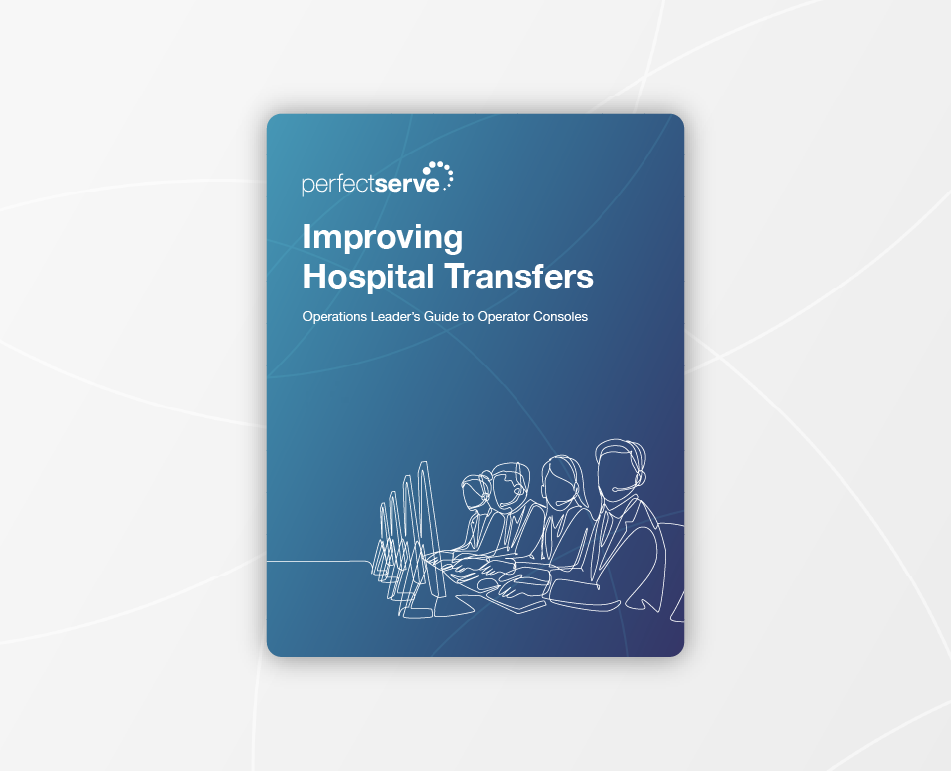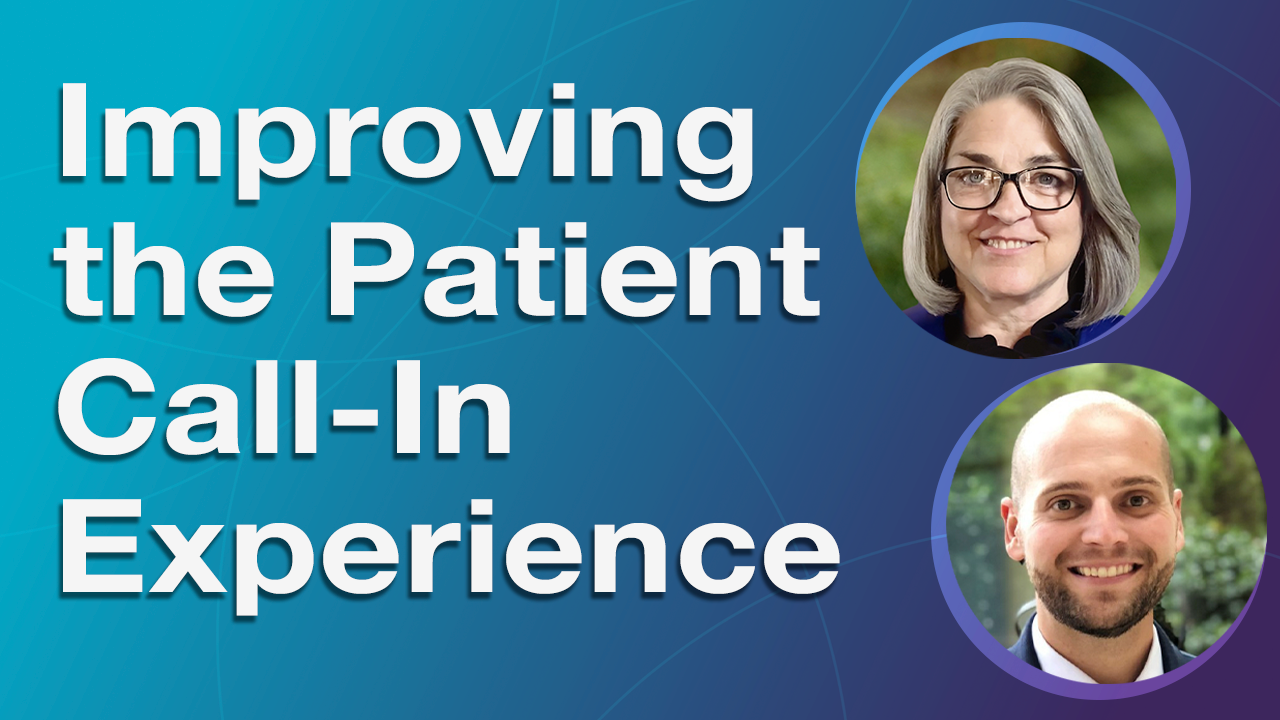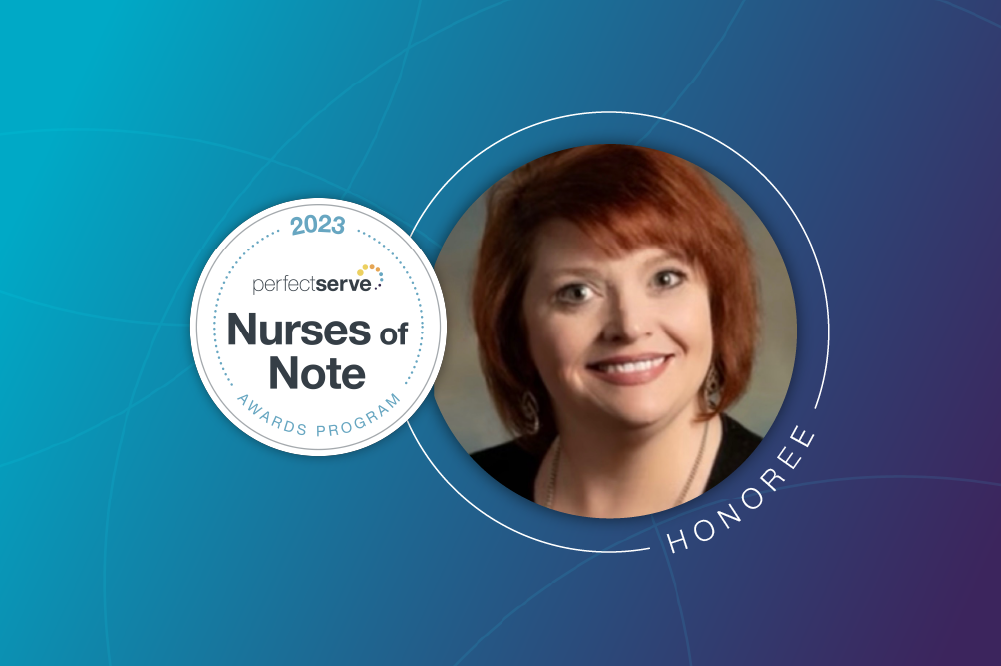Improving patient satisfaction and care with better communication
TABLE OF CONTENTS
With the rise of value-based care, patient health outcomes are more important than ever. Healthier patients make a significant contribution toward increased reimbursement rates, but health outcomes are only part of the equation—patient satisfaction matters, too.
But that’s often easier said than done. With declining patient loyalty and the advent of consumerization in healthcare, patient satisfaction is difficult to achieve. It means your organization must make every effort to earn and retain a reputation for quality care that builds patient trust.
Technology plays an important role in keeping patients satisfied with their care. Dated solutions or disjointed patient care experiences can send them searching for smoother, more accessible, and more modern interactions.
In 2019, Hospital for Special Surgery (HSS)—America’s premier academic medical center focused on musculoskeletal health—wanted to elevate patient outcomes and experiences by improving care team communication across the organization. To do this, they implemented PerfectServe’s enterprise Clinical Collaboration solution.
PerfectServe brought significant improvements to care delivery workflows while also reducing stress and frustration among care team members. Not surprisingly, better clinical communication, more efficient care delivery, and happier clinicians contributed to improved patient satisfaction.
In fact, Press Ganey survey results from the quarters before and after PerfectServe’s go-live showed increases in the following categories (on a 0-10 scale):
- “Hospital rating” increased by 2.3 points.
- “Hospital recommend” increased by 0.9 points.
- “Staff address emotional needs” increased by 1.2 points.
- “Response to concerns” increased by 1.2 points.
Faster Clinical Response Times
Critical Lab Results
Before PerfectServe, HSS relied on a manual process for delivering critical lab results—the lab tech had to call the ordering provider and ask them to log in to Epic. Leaving a voice message was not permitted, as a live verbal exchange was required to satisfy HSS’s internal protocols.
But physicians’ hectic schedules and fluctuating workloads meant delays in this process were common. Precious time was lost, and the risk of patient harm increased.
But now, once a critical result is verified, PerfectServe automatically delivers an alert to the appropriate provider using its proprietary Dynamic Intelligent Routing® technology. With all relevant information and patient context in the message, the provider can acknowledge and act upon the message right from their PerfectServe inbox—no phones, no callbacks, no delays.
After implementation, HSS looked at 1,100 critical lab alerts and noted an average 42% improvement in acknowledgment times. The quickest turnaround—from verification in the Laboratory Information System to provider acknowledgment—was just seven seconds. That’s less time than it takes just to dial a provider’s phone number.
PerfectServe also tracks when each result is received, read, and either accepted or declined by the recipient. Accepting closes the loop, while declining sends a message back to the lab for follow-up. Messages that are unacknowledged after six minutes are automatically escalated to the next provider in line.
Specialty Consult Requests
HSS also relies on PerfectServe’s Dynamic Intelligent Routing to automatically direct requests for neurology and stroke protocol consults. Regardless of who’s on-call or what kind of schedule changes have happened at the last minute, the right provider receives the request almost instantly.
Since implementation, PerfectServe has helped contact preoperative medical doctors over 8,000 times, with 80% of urgent messages read in less than five minutes. Similarly, HSS’s neurology department has received over 500 consult requests, with 85% retrieved in five minutes or less.
Sepsis Notifications
HSS uses PerfectServe to send out sepsis alerts using a two-part workflow:
- The nurse alerts a physician assistant (PA) about a possible case. Then, if necessary, the PA alerts the responsible physicians (Modified Early Warning Score [MEWS] and Pediatric Early Warning Signs [PEWS]).
- If needed, an alert is sent to the Sepsis Response Team and automatically escalated every minute until a doctor responds.
Since going live, nearly 700 messages have gone out to the MEWS and PEWS groups, and only nine of those have been further escalated to the Sepsis Response Team. PerfectServe’s ability to quickly and preemptively initiate the MEWS and PEWS teams is largely credited for keeping the sepsis alert number low.
Rapid Response Teams
Additionally, PerfectServe reduced HSS’s rapid response wait times to less than two minutes. These are scenarios when a patient’s clinical condition may be worsening dramatically, so fast intervention is critical. A review of the “signal one” alerts (similar to code blue) determined that PerfectServe reduced the median response time from two and half minutes to just 40 seconds— an improvement of 73%.
Staff Response Times
Additional analysis found that PerfectServe enabled HSS PAs to read 96% of initiated conversations from the PACU and inpatient floors in under 15 minutes. These were part of 8,000-10,000 monthly conversations where the average response time was less than 3.5 minutes.
These efficiency gains freed clinicians’ time and contributed to HSS’s improved Press Ganey survey results. Scores for both the “Response to concerns” and “Staff address emotional needs” categories rose by 1.2 points on a 10-point scale.
Reducing Readmissions
Because PerfectServe also provides HSS with a system-wide answering service, covering roughly 175 clinics, all the organization’s clinics have a built-in workflow for post-operative patients.
When one of these patients calls an HSS clinic, PerfectServe enables an immediate connection to a clinical nurse practitioner with the press of a button. Regardless of the reason for the call or the level of urgency, giving post-operative patients quick and easy access to a provider is a key part of care plan adherence and avoiding potential problems.
Better Communication, Better Care
Reducing obstacles that impede fast, accurate communication can go a long way toward improving patient care and satisfaction. Manual, inefficient workflows have been around for so long that they can sometimes seem like the only option. But for every delayed communication cycle, misdirected consult request, or unactioned critical lab result, there are countless potential ramifications that can negatively impact patient outcomes.
Thankfully, technology exists today that can automate clinical workflows, remove error and confusion from the communication process, and ensure that care team members are free to focus on keeping patients happy and healthy. Isn’t that the way it should be?
Reach out to learn more about how PerfectServe can transform the way your organization cares for patients while making your clinicians’ lives significantly easier. You can also download the HSS case study to learn more about their experience with PerfectServe.




